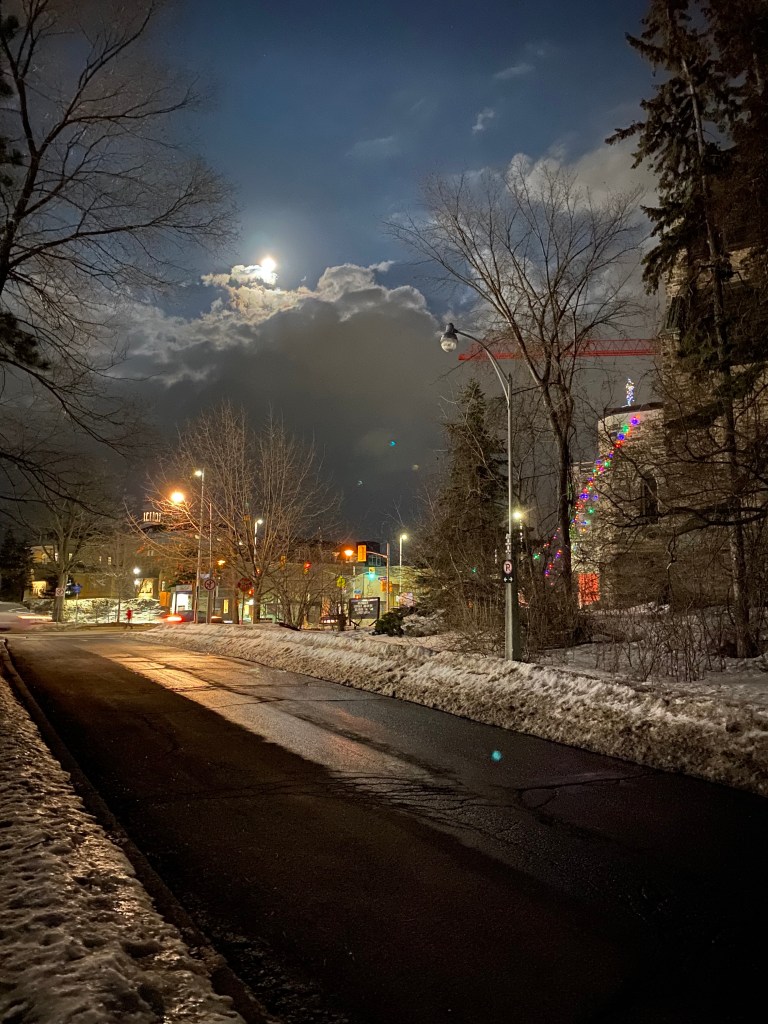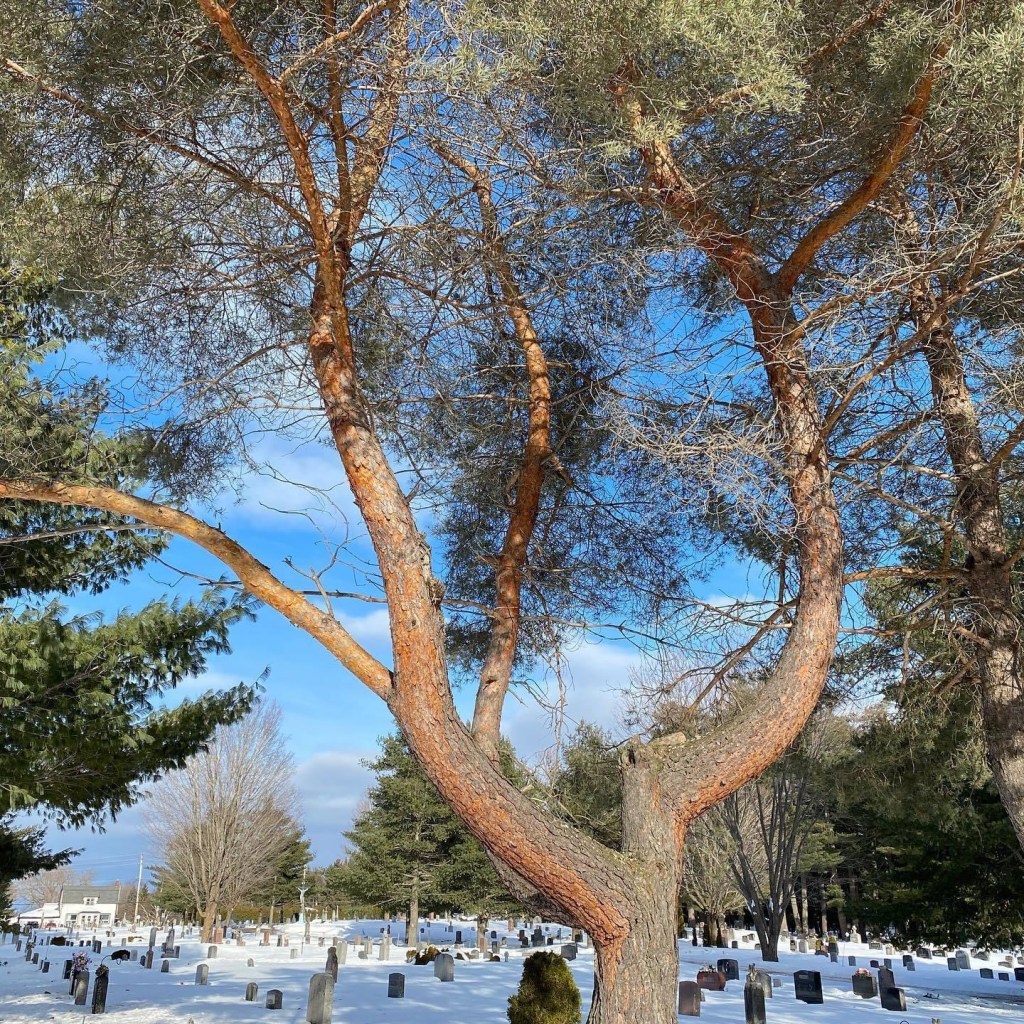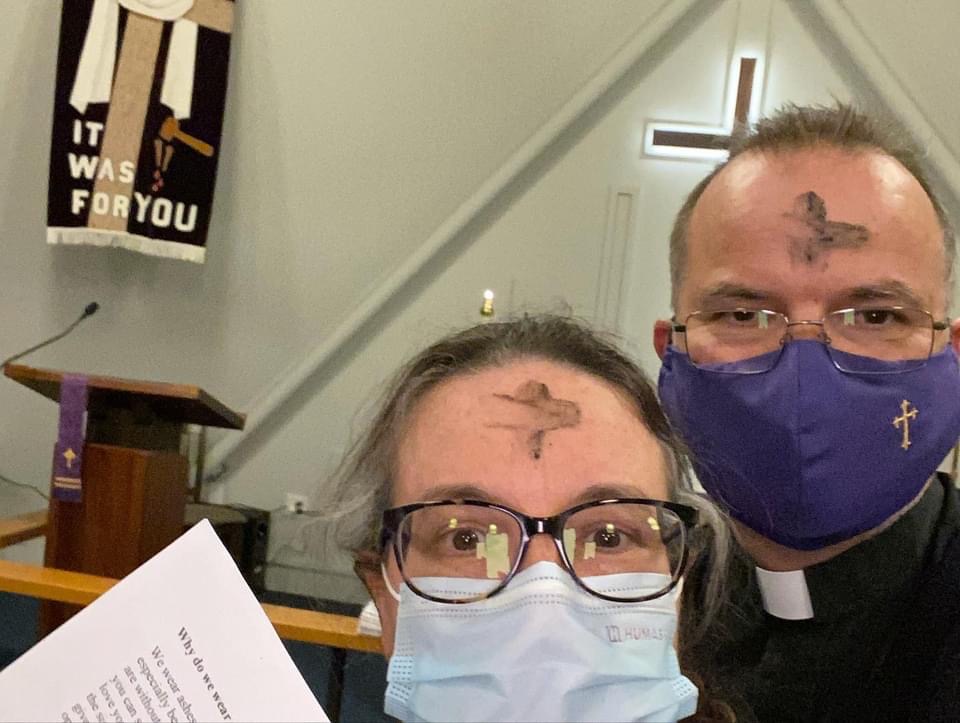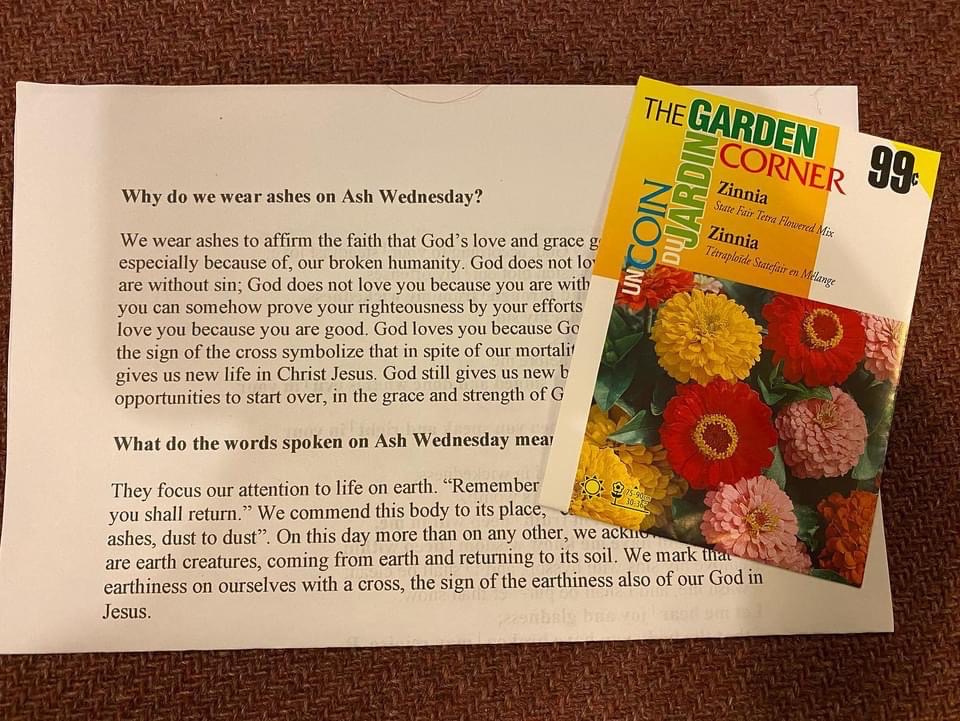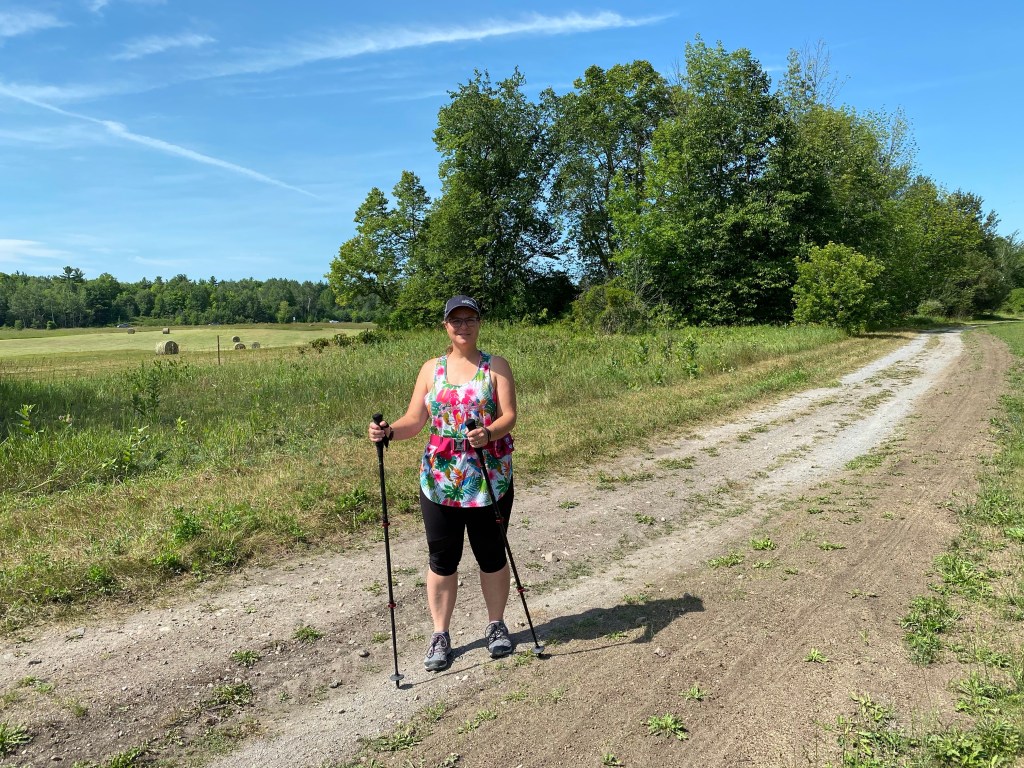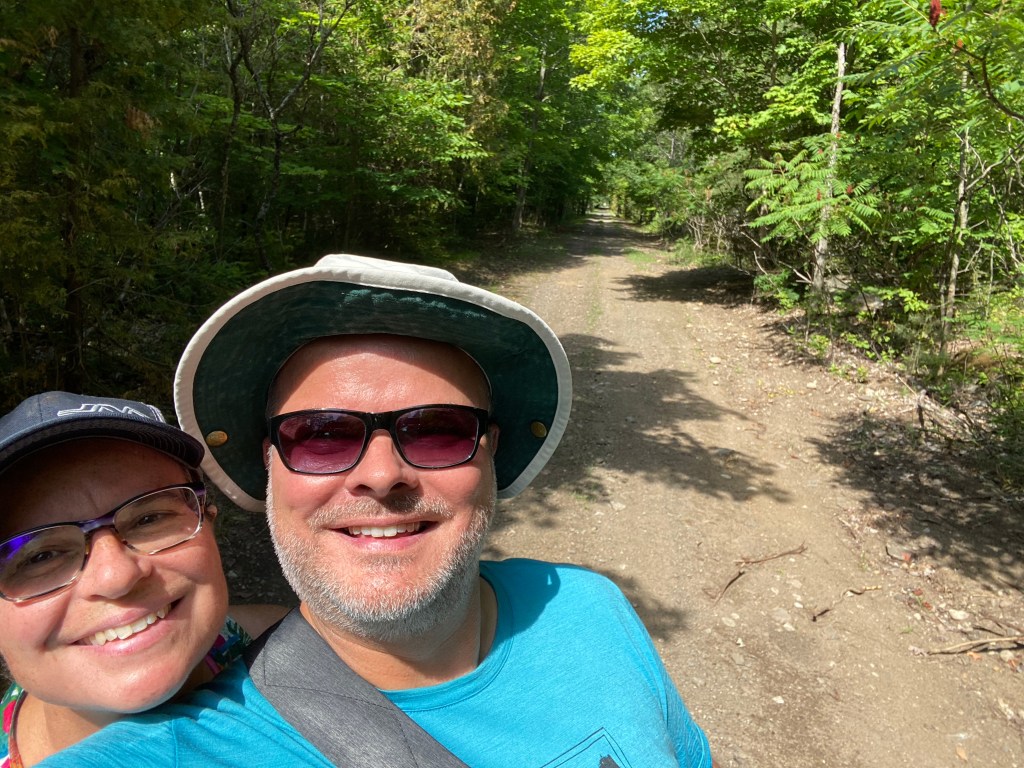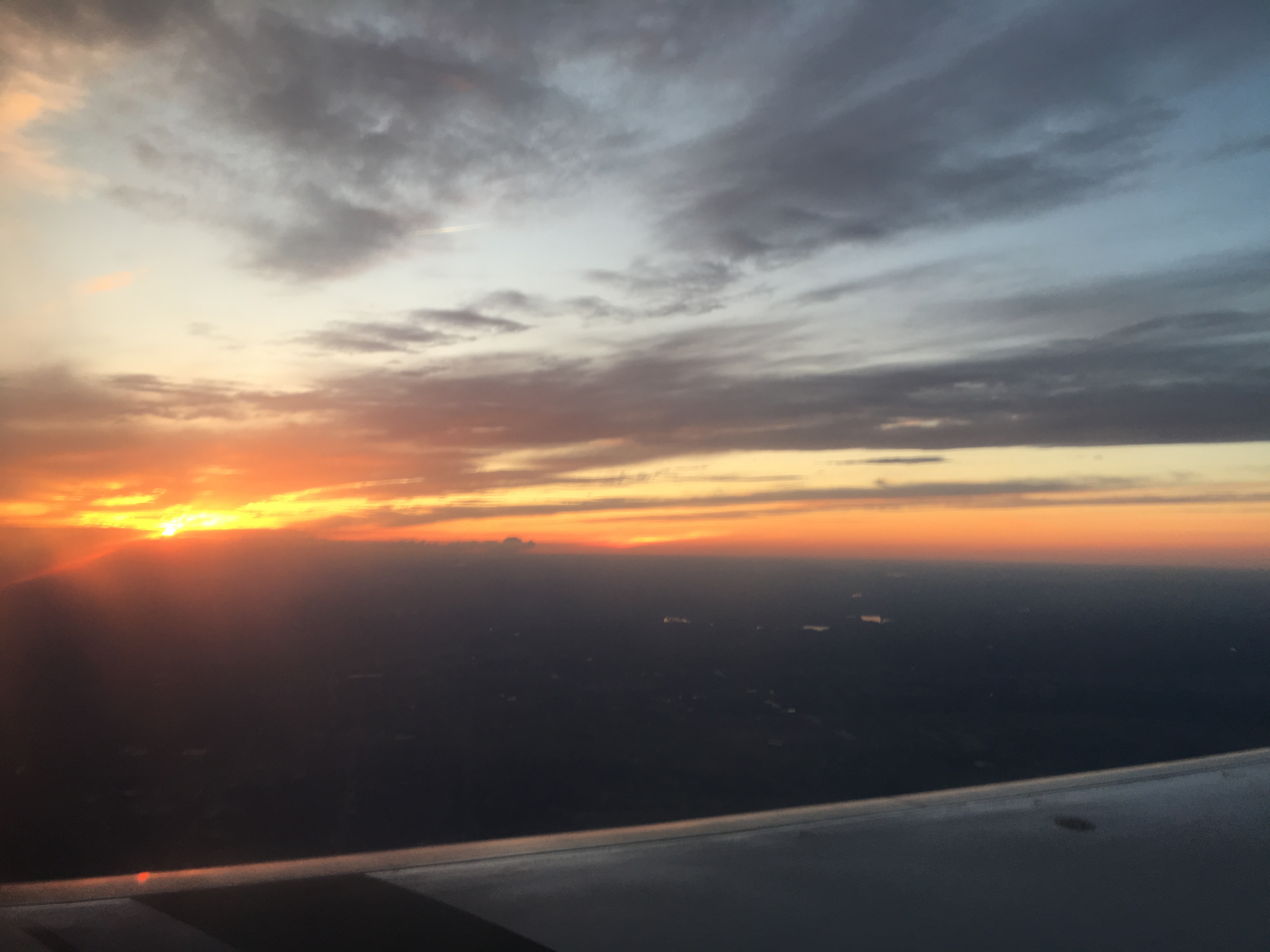
Gathering Song: For the Beauty of the Earth 1
- For the beauty of the earth, for the beauty of the skies, for the love which from our birth, over and around us lies: Christ our God, to thee we raise, this our sacrifice of praise.
- For the beauty of each hour, of the day and of the night, hill and vale and tree and flower, sun and moon and stars of light: Christ, our God, to thee we raise, This our sacrifice of praise.
Welcome & Instruction
As we begin this morning, I welcome you into a moment of silence …. Listen to your breath as you breathe in, And breathe out …. Listen to the wind …. We are connected through the breath of God. Slowly allow yourself to relax into this welcoming place. You belong here with the birches, aspens, pines, spruces, maples, oaks.
When you walk, also listen for the water that nourishes the trees and all that grows in this place. Even though the water is still, it moves mirroring the arteries of blood flowing through your own body.
The trees and the water welcome us because they have not forgotten that we are related, that we come from the same dust and return to the same dust. Take another deep breath of gratitude to acknowledge that our lives are fully dependent on the healthy functioning of these trees, these waters.
We aren’t just meeting in nature; we are entering into relationship with nature. We are already very much part of nature. We are creatures of (not simply in) the natural world.
We are here today to re-member ourselves back where we belong. We are here as an expression of “religion”, which means re (again) and ligio (connection).2
Scriptures about Trees:
“Out of the ground the Lord God made to grow every tree that is pleasant to the sight and good for food, the tree of life also in the midst of the garden, and the tree of knowledge of good and evil.” (Genesis 2:9)
“The righteous flourish like the palm tree and grow like the cedar in Lebanon. They are planted in the courts of our God. In old age they still produce fruit; they are always green and full of sap, showing that the Lord is upright …” (Psalm 92:12-15)
“Sing, O heavens, for the Lord has done it; shout, O depths of the earth; break forth into singing, O mountains, O forest, and every tree in it! …” (Isaiah 44:23)
“On either side of the river is the tree of life with its twelve kinds of fruit, producing its fruit each month; and the leaves of the tree are for the healing of the nations.” (Revelation 22:2)
Song: All Things Bright and Beautiful3
Refrain: All things bright and beautiful, all creatures great and small. All things wise and wonderful, the Lord God made them all.
- Each little flower that opens, each little bird that sings, God made their glowing colors, God made their tiny wings. Refrain
- The purple-headed mountains, the river running by, the sunset and the morning that brightens up the sky. Refrain
- The cold wind in the winter, the pleasant summer sun, the ripe fruits in the garden, God made them every one. Refrain
- God gave us eyes to see them, and lips that we might tell, how great is God Almighty, who has made all things well. Refrain
Prayer for the journey:
Forgive our arrogance, Creator God, when we place ourselves at the center of your universe. Forgive us when we forget our place in creation. Renew your creation, O God. Sustain the earth and seas, the trees and all that lives in them. Kindle in us a reverent awe for all creatures great and small, so we may, in your mercy, love your creatures and care for life in all its forms. Amen.
Questions for the journey:
- What other stories or poems from the bible mention trees? What message do the trees convey from God? In the teaching of Jesus?
- Are the trees singing? What song are they singing – Praise? Lament? What do the trees tell you, today, as you walk in this wetland forest?
- Who makes home among the branches of the trees? How do the trees provide for the needs of other living creatures?
- What word do you hear in your own life as you pray and walk among the trees today: An invitation to begin a journey of faith? A word that challenges your beliefs? A call to confession? A word of encouragement along life’s journey?
- How does the bad weather today represent or reflect the way you sometimes respond to the storms in your life? Do you ‘weather the storm’, embrace it, go into it? To what degree do you seek to avoid and hide from the storms? What is better?
Rules for the path:
- You might be walking near someone you do not know. We are meeting friends from another congregation on this walk. If appropriate, introduce your name and remember to look in their eyes.
- Respect another’s physical space and need for silence. Our journey of faith is ours to make. We aren’t walking someone else’s path. Other’s may be on a similar journey but walking at their own pace and in their own way. Pay attention to the physical cues others give for what they need on this walk.
- Follow the leaders and listen to instructions they give.
Closing Prayer: (Our Father ….) In the words Jesus taught us, and in the many languages of our hearts, let us pray ….
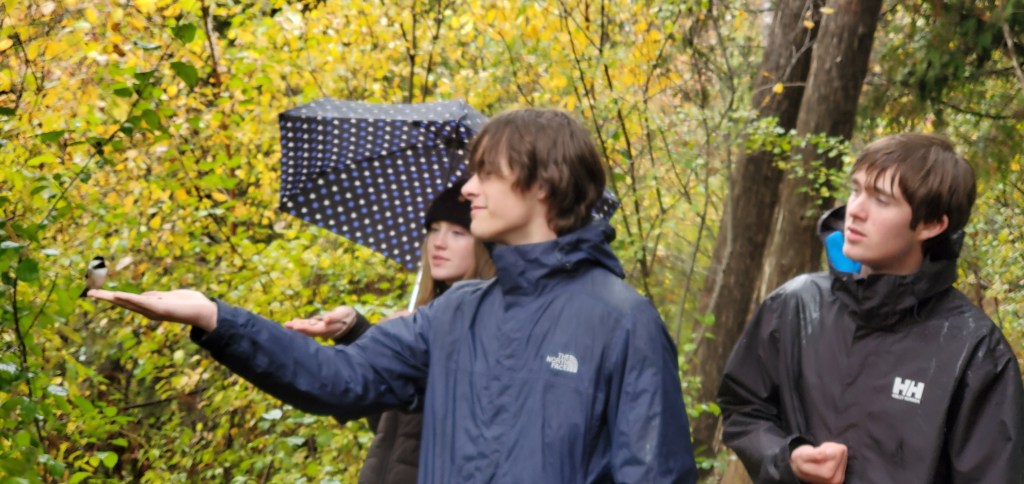
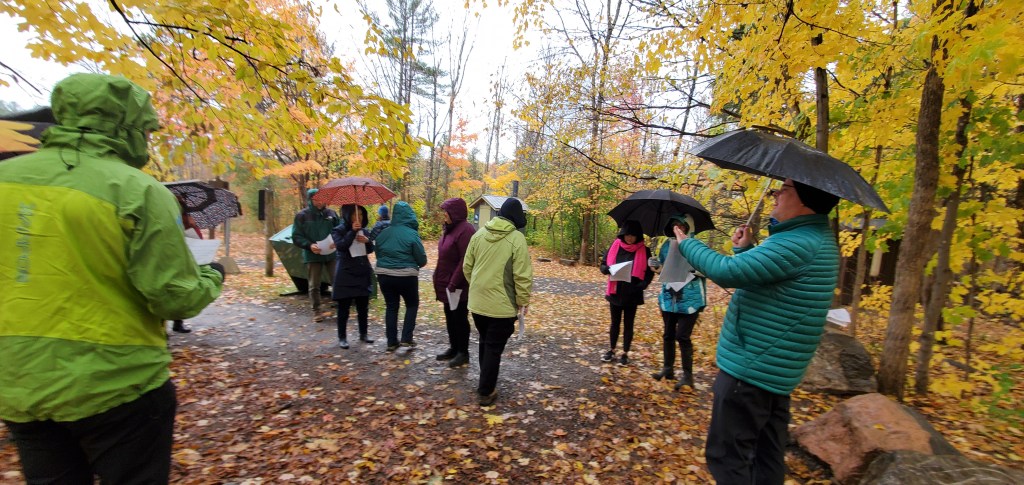
- Evangelical Lutheran Worship, Pew Edition (Minneapolis: Augsburg Fortress, 2006) Hymn #879 ↩︎
- Victoria Loorz, Church of the Wild: How Nature Invites Us into the Sacred (Minneapolis: Broadleaf Books, 2021), p.206 ↩︎
- With One Voice: A Lutheran Resource for Worship (Minneapolis: Augsburg Fortress, 1995) Hymn #767 ↩︎

